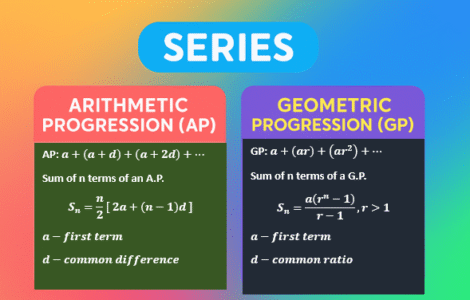About This Course
This topic studies sequences and series, including arithmetic and geometric progressions. Learners will find general terms, sums, and apply these concepts in problem-solving.
Learning Outcomes:
The learner should be able to:
- Define and distinguish between arithmetic and geometric sequences and series.
- Derive an Arithmetic Progression (A.P.) from terms of a sequence.
- Derive the formula for finding the sum and the nth term of an A.P.
- Derive expressions for nth term and the sums of a (G.P).
- Analyse convergence of G.P to generate the sum to infinity of a G.P.
- Calculate the sum of finite and infinite series where applicable.
- Use summation notation to determine the sum of any series.
- Use Socratic circle to deeply analyse the series
- Discuss the applications of G.P to real- world problems such as compound interest, spread of disease, cell division, radioactivity decay.
- Apply the logical steps to establish the truth of a mathematical statement.
- Use proof by induction to determine the validity of mathematics statements.
- Generate Pascal’s triangle to expand the forms (a + b)n for n=1,2,3, …
- Generate coefficients of terms in the expansion.
- Deduce the binomial theorem and use it to expand different functions.
- Expand binomial expressions in ascending and descending order.
- Compute roots of numerical values and state range of validity of binomial expansion.
- Apply the binomial theorem to solve real-world problems such as stochastic models.






